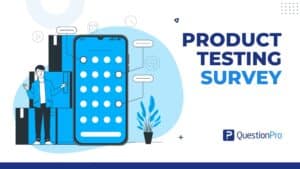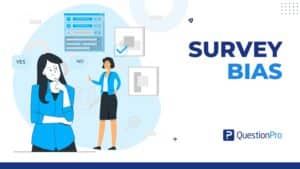
From online reviews and social media comments to support calls and survey responses, customers constantly leave behind a trail of feedback. VoC research helps to turn that feedback into actionable insights.
VoC (Voice of the Customer) is a structured research method that helps organizations capture, analyze, and act on what customers honestly think and feel.
It’s not just about gathering feedback; it’s about understanding the customer at every stage of the customer journey, identifying pain points, and using that knowledge to improve customer satisfaction, build customer loyalty, and ultimately drive business success.
In this article, we will explore VoC research, Metrics, methods, how to design, and what is necessary for research.
What is VoC Research?
Voice of the Customer or VoC research is the process of collecting, analyzing, and acting on customer feedback to understand what customers truly think, feel, and expect from a brand.
It goes beyond surface-level satisfaction scores and delves into the underlying reasons behind customer behaviors, revealing critical pain points, unmet needs, and opportunities for ongoing improvement.
VoC research is a customer research method that captures both solicited (such as online surveys, feedback forms, and customer interviews) and unsolicited feedback (like online reviews, social media comments, sales calls, and customer support calls).
An effective VoC research program doesn’t just measure metrics like customer satisfaction or Net Promoter Score (NPS). It boasts a robust VoC program that’s deeply connected to the overall customer experience, helping companies build stronger customer relationships, reduce customer churn, and increase customer lifetime value.
Get the Full Story: Voice of Customer: Why is it important, and what are the benefits
VoC Metrics and KPIs in Market Research
Collecting customer feedback is just the starting line. To truly make sense of it, you need metrics that translate raw opinions into business decisions. These KPIs don’t just track numbers. They tell you if customers are happy, loyal, or about to leave for a competitor. Let’s break them down in a way that connects the dots between VoC and real business results.
- Customer Satisfaction Score (CSAT): The Classic “How Happy Are You?”
CSAT measures a customer’s satisfaction with a specific interaction or product. It’s typically collected through online surveys and gives a snapshot of how customers perceive a single experience.
- Net Promoter Score (NPS): Loyalty in a Single Number
If CSAT tells you about one moment, NPS tells you about the relationship. It’s the ultimate loyalty metric, asking customers if they’d actually vouch for you to their friends.
- Customer Effort Score (CES): The “Was It a Pain?” Test
CES focuses on how much effort a customer has to put in to complete a task, like making a purchase or resolving an issue. Lower effort means a smoother experience and greater satisfaction.
- Feedback Volume and Response Rate: Are Customers Talking to You?
Tracking how many customers provide feedback and how frequently helps you understand engagement levels. A high response rate often indicates trust and willingness to share valuable feedback.
- Sentiment Analysis: Reading Between the Lines
Numbers are great, but tone tells the real story. Sentiment analysis uses AI or manual review to spot whether feedback is positive, negative, or neutral.
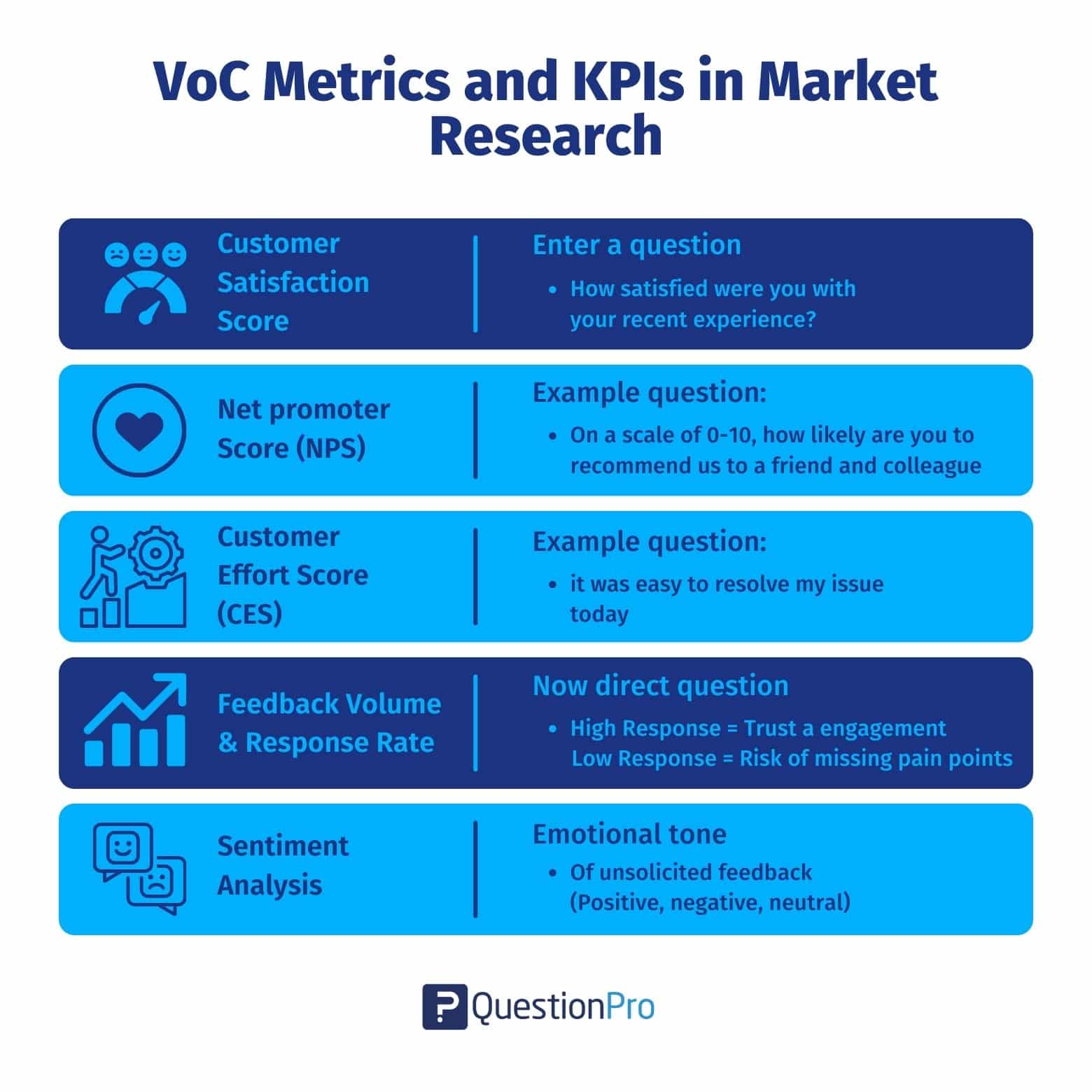
Key VoC Metrics at a Glance
VoC KPIs help you measure satisfaction, loyalty, and effort in ways that tie directly to business outcomes like retention and repeat purchases. These indicators turn scattered opinions into actionable insights you can track and improve over time.
| Metric | What It Measures | Example Question | Why It Matters |
| Customer Satisfaction Score (CSAT) | Customer happiness with a specific interaction or product. | “How satisfied were you with your recent experience?” | Shows if you delivered on expectations in a single moment (e.g., after checkout or support). |
| Net Promoter Score (NPS) | Overall customer loyalty and likelihood to recommend. | “On a scale of 0–10, how likely are you to recommend us to a friend or colleague?” | Directly linked to retention and growth—used by companies like Apple & Amazon. |
| Customer Effort Score (CES) | How easy it is for customers to complete a task or resolve an issue. | High response indicates trust and engagement; low response indicates a risk of missing hidden pain points. | Low effort = higher loyalty. Think Amazon’s one-click checkout. |
| Feedback Volume & Response Rate | How many customers are sharing feedback and how often. | (No direct question—tracked through survey participation.) | High response = trust and engagement; low response = risk of missing hidden pain points. |
| Sentiment Analysis | Emotional tone of unsolicited feedback (positive, negative, neutral). | Pulled from reviews, tickets, or social media. | Captures what structured surveys miss, giving a real-time view of brand perception. |
One metric alone rarely tells the full story. But combined, they spotlight exactly where to act:
- Low CES + low CSAT after checkout?
Your buying process is broken.
- High NPS but negative sentiment on delivery?
Customers love your product but hate the logistics.
When used together, these metrics transform raw feedback into a clear action plan. That’s how you go from “customers are talking” to “customers are staying.”
Voice of the Customer or VOC Research Methods
There’s no single way to understand your customers. A well-rounded VoC strategy uses multiple research methods to collect both solicited and unsolicited feedback.
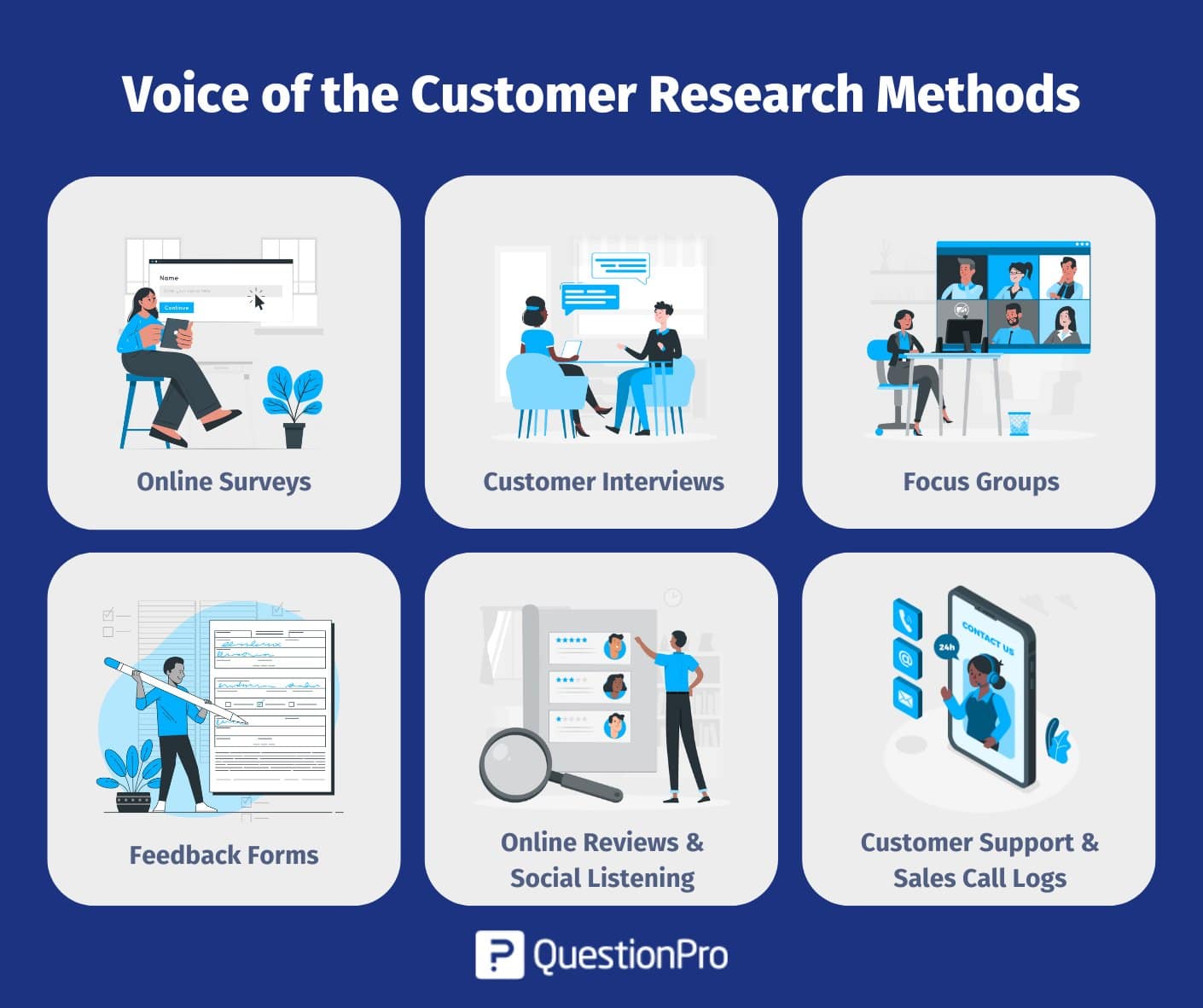
Online Surveys: Quick, Scalable, and Structured
If you’ve ever filled out a “How likely are you to recommend us?” question after buying something, you’ve been part of a VoC survey. They’re everywhere and for good reason.
Surveys let you gather structured feedback at scale, whether it’s right after checkout or weeks into the customer relationship. The magic comes when you make them specific:
- After a support chat: “Did we solve your issue today?”
- After a purchase: “How easy was it to complete your order?”
QuestionPro Tip: Keep them short. Nobody wants to answer a 20-question survey for a pair of shoes.
Customer Interviews: Where Stories Emerge
These in-depth conversations help uncover deeper customer needs, pain points, and expectations. They’re especially valuable during product development or experience mapping.
Imagine a customer tells you they abandoned their cart three times before finally checking out. On paper, that’s just “cart abandonment.” In an interview, you learn the real reason, such as confusing shipping fees.
Good interview questions sound like conversations, not interrogations:
- Walk me through how you usually use our product.
- What’s one thing you wish worked differently?
These raw stories are gold when you’re building new features or trying to map the customer journey.
Ever noticed how opinions change when people talk in a group? That’s exactly why focus groups are powerful.
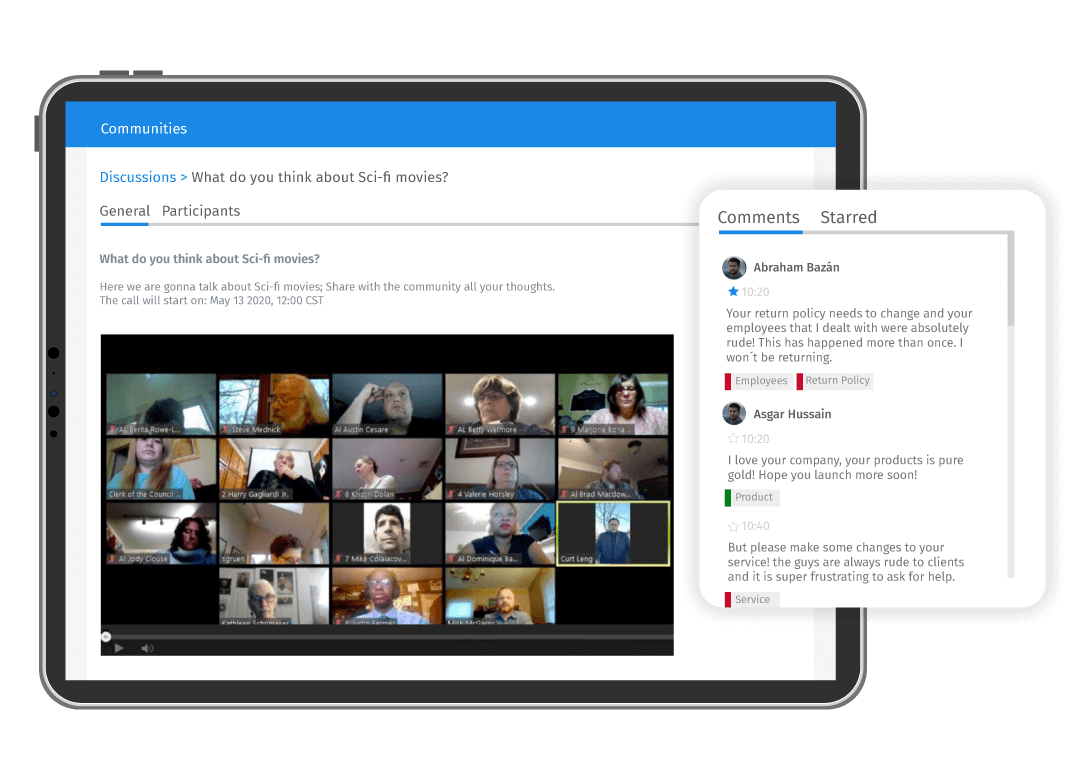
In a moderated session, you’ll see not just what people think, but how they react to each other’s ideas. Someone might say, “I don’t trust subscription models,” and suddenly five heads nod in agreement. That collective insight is tough to capture with surveys alone.
Perfect for testing new campaigns, product concepts, or even packaging.
Feedback Forms: Small But Mighty
Sometimes you don’t need a full-blown survey, but just need a quick pulse. Short feedback forms can be placed on websites, emails, or in-app. You can use it for quick feedback collection or real-time customer feedback to help identify immediate customer complaints or issues.
- A star rating after a support chat.
- A “Was this helpful?” button under a help article.
- A one-liner at checkout: “What almost stopped you from buying today?”
They’re short, frictionless, and often capture things you’d never spot until they break the experience.
Online Reviews & Social Listening: Unfiltered Truth
Customers talk about you whether you’re listening or not. Reviews, tweets, and Reddit threads are all part of your VoC ecosystem.
Think about it: a single angry tweet about poor delivery can snowball into a PR headache, while a glowing LinkedIn post can attract hundreds of new customers. Analyzing these insights gives a real-time view of customer sentiment, especially around marketing campaigns or service issues.
The beauty? It’s unfiltered. People don’t hold back when they’re posting on the internet.
Customer Support & Sales Call Logs: Hidden Gold
Your support and sales teams talk to customers every single day. Buried in those transcripts are recurring frustrations, wish-list features, and customer language that marketing teams dream of.
For example:
- Support logs might reveal that customers always get stuck during account setup.
- Sales calls might show prospects consistently asking for a feature you don’t highlight enough.
Mining this data turns “customer complaints” into “customer insights.”
Using a combination of these VoC research methods provides a more comprehensive picture of your customer journey. When you combine structured surveys with real-world conversations and unfiltered feedback, you unlock valuable insights that go far beyond numbers.
Importance of Using VoC Research
Listening to your customers is essential for business success. When done right, it becomes the foundation for smarter decisions, stronger customer relationships, and long-term customer loyalty.
Why VoC Research Matters:
- Understand customer needs and expectations.
- Improve customer satisfaction and reduce churn.
- Identify and fix customer pain points.
- Guide product improvements and innovation.
- Create more effective marketing VoC campaigns.
- Strengthen customer relationships and loyalty.
- Support ongoing business growth and performance.
A well-executed VoC research helps you go beyond basic surveys. It empowers your team to act on reliable feedback, make meaningful changes, and build a brand that keeps customers connecting again and again.
How to Design a VoC Research Program
Suppose you run a mid-sized e-commerce company. You are observing a drop in repeat business and suspect growing customer churn. You want to understand where the experience is falling short and how to fix it.
Step 1: Set Clear Objectives
Before launching any VoC initiative, it’s essential to define what you’re trying to learn. Clear goals help you focus your questions and select the most effective metrics for measuring impact.
- Goal: Identify key pain points in the post-purchase experience.
- KPI focus: Customer satisfaction (CSAT), Net Promoter Score (NPS), and customer retention rate.
Step 2: Map Customer Touchpoints
Understanding where your customers interact with your brand helps you pinpoint when and where to gather feedback. These moments are crucial for capturing authentic insights.
- Checkout process.
- Order confirmation.
- Delivery updates.
- Post-delivery follow-up.
- Customer support calls or returns.
Step 3: Choose Feedback Methods
Not all feedback channels are created equal. Select methods that align with your touchpoints and ensure you’re hearing from a diverse mix of customers.
- Online surveys are sent after purchase.
- You can use a Platform like QuestionPro for your survey.
- Feedback forms on order tracking pages.
- Review support ticket data and social media comments.
- Conduct a few customer interviews with repeat buyers and churned users.
Step 4: Collect and Analyze VoC Data
Once responses start coming in, it’s time to look for trends, patterns, and outliers. This step transforms raw feedback into valuable insights you can act on.
- Track low CSAT scores tied to late deliveries.
- Use sentiment analysis on open comments.
- Find that most complaints mention unclear delivery timelines and poor packaging.
Step 5: Act on Insights
Data means nothing if it doesn’t lead to action. Use what you’ve learned to make meaningful changes that improve the customer experience.
- Enhance packaging quality and improve the visibility of delivery estimates.
- Train the support team to handle delivery complaints more effectively.
- Launch new delivery notifications via SMS.
Step 6: Close the Loop
Customers want to know that their voice matters. Following up shows you’re listening and builds trust by demonstrating that feedback leads to real results.
- Send follow-up surveys asking, “Was your issue resolved?“
- Thank customers for their valuable feedback.
- Share updates via email to show you’re listening.
By designing a VoC program around real problems, your company not only improves customer satisfaction but also boosts customer loyalty and reduces churn.
Whether you’re in e-commerce, SaaS, or a service-based business, a proper VoC process like this ensures you’re always in tune with your customers.
How to Analyze VoC Data in Your Research?
Once you’ve gathered VoC feedback, the next step is to analyze it in a way that leads to actionable insights. It involves transforming raw VoC data into actionable patterns, trends, and opportunities that enhance the customer experience. Below are key components of analyzing VoC data effectively.
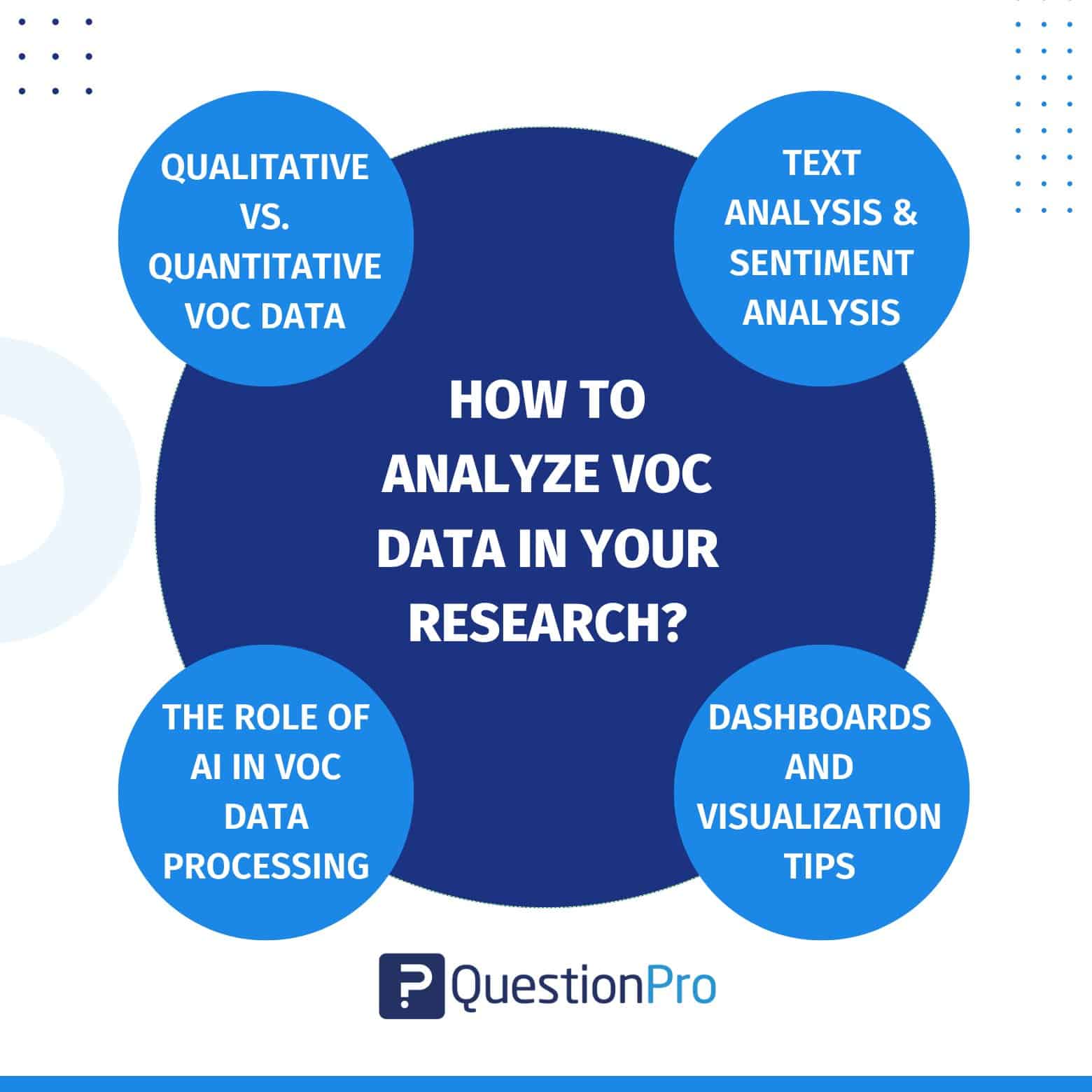
1. Qualitative vs. Quantitative VoC Data
VoC data comes in two primary forms, and each offers a different kind of value:
- Quantitative data
- Comes from rating scales, yes/no questions, and KPIs like CSAT, NPS, and CES.
- Offers measurable trends and is easy to track over time.
- Qualitative data
- Comes from open-ended responses, customer interviews, focus groups, and social media comments.
- Provides context and deeper insights into customer perceptions, feelings, and motivations.
Both types work best when used together. Quantitative data tells you what’s happening, while qualitative data tells you why.
2. Text Analysis & Sentiment Analysis
Understanding open-ended feedback at scale requires more than reading responses line by line.
- Text analysis identifies keywords, themes, and recurring phrases in customer feedback.
- Sentiment analysis evaluates the emotional tone, positive, neutral, or negative, to reveal how customers perceive your brand.
These tools help identify hidden patterns in unsolicited feedback, such as online reviews or support call transcripts.
3. The Role of AI in VoC Data Processing
AI is playing a growing role in VoC research by accelerating data processing and enhancing accuracy.
- Automatically tags feedback by topic, product, or issue.
- Detects customer sentiment and emotion with high accuracy.
- Surface anomalies, trends, and emerging pain points in real-time.
This lets teams focus on solving problems rather than sorting through data, making your VoC process more efficient and scalable.
4. Dashboards and Visualization Tips
Visualizing your VoC insights helps stakeholders across your company quickly understand what’s going on.
- Use filters to segment data by region, product, or journey stage.
- Track changes in key performance indicators over time.
- Highlight top pain points, most-used keywords, or changes in sentiment.
- Share visual summaries in monthly reports or team meetings.
A well-designed dashboard turns complex feedback into relevant insights that drive smarter decisions.
By analyzing VoC data through both qualitative and quantitative lenses and utilizing VoC tools like AI and dashboards, you can uncover deeper insights into your customers. This kind of analysis is what transforms customer input into strategic action and ongoing business improvement.
Challenges in VoC Research to Overcome
Running a VoC program sounds straightforward until you hit a few common roadblocks. From low response rates to disconnected data, here are some challenges most teams face when collecting and analyzing customer feedback.
- Feedback Fatigue: When customers are asked for feedback too often, they stop responding. It leads to low participation and less reliable feedback. To avoid fatigue, be selective and intentional about when and how you ask for help.
- Data Silos: VoC data is often spread across departments, marketing, support, and product, and is not shared. These silos make it hard to get a full view of the customer experience. Centralizing data can fix this.
- Bias and Representativeness: Most feedback comes from either very happy or very unhappy customers. This skews results and leaves out the majority. To gain a clearer picture, utilize a combination of feedback sources.
- Real-Time vs. Batch Processing: Real-time data is fast but can lack context. Batch processing is detailed but slow. A healthy VoC program utilizes both real-time customer data for quick wins and batch data for deep insights.
With the right approach, you can turn these obstacles into opportunities to improve how you collect feedback, spot pain points, and better serve your customers.
Best Practices of VoC Research to Follow
To maximize the value of your VoC research, it’s essential to adhere to proven practices that ensure your feedback is accurate, timely, and actionable. Below are the best Practices for your VoC programs.
- Start with clear goals: Know what you want to learn, whether it’s improving a product, reducing churn, or boosting satisfaction.
- Use multiple feedback channels: Combine online surveys, social media comments, support calls, and online reviews to capture a complete picture.
- Segment your audience: Group responses by location, product, or persona to uncover targeted customer insights.
- Include both quantitative and qualitative data: Use scores like CSAT and NPS alongside open-ended responses to understand both what and why.
- Act on the feedback: Build a closed-loop system that turns feedback into visible improvements.
- Measure impact: Track key performance indicators, such as retention, satisfaction, and lifetime value, to evaluate success.
Following these best practices will help you run more effective VoC research, one that leads to continuous improvement, deeper customer understanding, and stronger customer relationships.
Continue Reading: Best Practices on How to Strengthen Your VoC Program
Using QuestionPro for Voc Research
Building a successful Voice of the Customer strategy requires the right tools, ones that help you collect feedback, analyze it, and turn it into actionable insights.
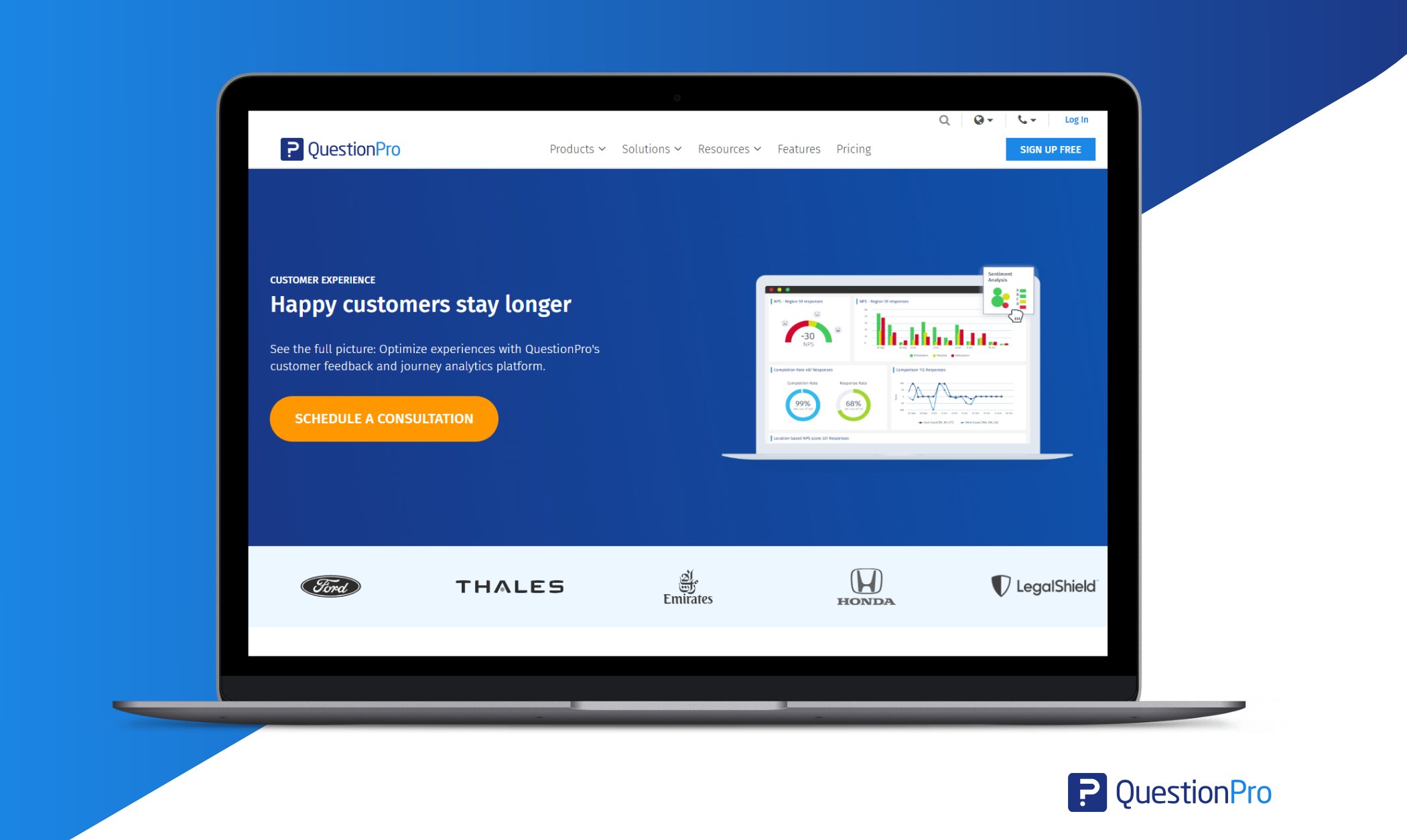
- Multiple feedback channels: Collect customer feedback through online surveys, email, website pop-ups, and more.
- VoC survey template: Use ready-to-go VoC templates designed to capture valuable feedback across the customer journey.
- Real-time analytics & dashboards: Visualize customer sentiment, satisfaction, and trends across touchpoints instantly.
- Advanced segmentation & filters: Break down feedback by customer segment, location, product, or stage of the journey.
- Text and sentiment analysis: Understand open-ended responses with AI-powered tools that detect pain points and emotional tone.
- Closed-loop feedback system: Respond to issues directly and show customers that their voices lead to action.
- CX-specific features: Track NPS, CSAT, and CES with built-in templates and benchmarking tools.
With QuestionPro Customer Experience, you can design a complete VoC program that helps you not only hear your customers but truly understand them.
Whether you’re collecting unsolicited feedback, conducting customer interviews, or tracking key performance indicators, QuestionPro provides the flexibility and insights you need to build lasting customer relationships.
Follow Up With: Voice of customer analytics
Conclusion
Voice of the Customer research is more than just listening; it’s about taking meaningful action. Through the article, we learn about VoC research and its proper use to enhance customer relationships.
From choosing the right VoC metrics and research methods to leveraging platforms like QuestionPro, every step in your VoC strategy brings you closer to understanding your audience.
Start small, stay consistent, and use your VoC data as a guide for continuous improvement. Because when customers feel heard, they stay. And when they stay, your business grows.
Frequently Asked Questions(FAQs)
Answer: VoC research encompasses both solicited feedback (such as surveys, interviews, and feedback forms) and unsolicited feedback (including social media comments, online reviews, and support call transcripts).
Answer: VoC research identifies gaps between customer expectations and actual experiences, allowing businesses to address pain points, enhance service, and tailor experiences, leading to higher customer satisfaction.
Answer: Some of the most common methods include online surveys, customer interviews, focus groups, feedback forms, and analyzing social media or support interactions.
Answer: Quantitative data tells you what’s happening through numbers and scores, while qualitative data explains why it’s happening by revealing deeper context and emotion from customer responses.
Answer: A closed-loop system means you not only collect feedback but also act on it and follow up with the customer. This shows customers that their input leads to change, building trust and loyalty.
Answer: By identifying early signs of dissatisfaction and customer pain points, VoC research enables businesses to take proactive steps to fix issues before customers leave.





